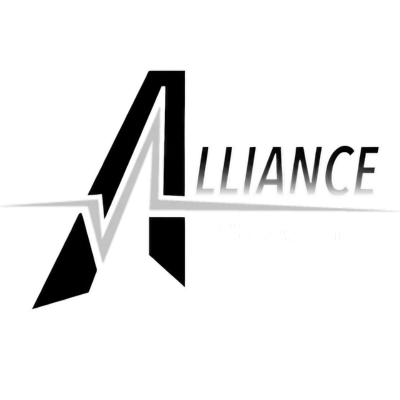
Why Would I Need a Land Survey?
A land survey is far more than just a technical drawing—it’s the foundational record that defines your property’s exact legal boundaries, topographical details, and any restrictions affecting its use. Whether you’re a homeowner confirming fence placement, a developer planning a subdivision, or a real estate professional finalizing a sale, understanding the scope and timing of a land survey can save significant time, money, and legal complications. It provides peace of mind by giving you a clear, certified snapshot of your land’s layout, including its dimensions, features, and limitations.
1. Confirm Property Boundaries and Avoid Encroachments
Over years of property improvements, landscaping changes, or informal fence installations, boundary lines can become uncertain. A boundary survey reinstates the precise locations of corner markers and property lines as defined in your deed and local records. By using professional equipment to locate and reset those markers, you ensure that new structures—such as fences, patios, sheds, or driveways—are legally placed on your property. This prevents costly removals, neighbor disputes, and potential legal action that arise from accidental encroachments.
2. Facilitate Smooth Real Estate Transactions
In residential and commercial transactions, lenders and title insurers require accurate boundary or mortgage surveys to verify that the property is free of unknown encumbrances and that improvements comply with deed descriptions. Without a clear survey, closings can be delayed, title insurance premiums can increase, and buyers may face last-minute disputes. By ordering a professional survey early in the escrow process, you provide all parties with the reliable documentation needed to close on time and protect against title deficiencies.
3. Obtain Permits and Comply with Zoning Regulations
Construction and remodeling projects require permits that often hinge on accurate site plans showing setback lines, easement areas, and floodplain boundaries. A topographic or site survey identifies elevation changes, spot grades, and designated flood zones—information that municipalities use to evaluate drainage, building height, and environmental impact. Providing this data upfront ensures your architectural and engineering designs meet local codes, streamlining the permit approval process and reducing the likelihood of costly redesigns or denial of permits.
4. Support Construction and Development Projects
From initial site preparation to final construction staking, land survey data drives every phase of development. Accurate horizontal and vertical control points guide the placement of foundations, roads, utilities, and drainage systems. Subdivision surveys lay out new lot lines and rights-of-way in accordance with engineering plans and local platting regulations. Having detailed survey data minimizes construction errors, ensures proper grading and utility alignments, and helps contractors adhere precisely to design specifications, ultimately saving time and budget.
5. Resolve Boundary Disputes and Legal Challenges
Neighborhood disagreements over fence lines, driveways, or easements can escalate into formal disputes. A certified boundary survey provides an impartial, legally defensible record of property limits, often resolving conflicts without litigation. Courts and mediators rely on survey plats to determine rightful ownership and settle encroachment claims. Regularly updating surveys can protect your property value and prevent disputes from arising in the first place.
6. Plan for Future Improvements and Subdivisions
Whether you plan to add an accessory dwelling unit, install a pool, or divide land into multiple lots, having an up-to-date survey is essential. It provides the baseline measurements and documented easements needed to design new structures, obtain subdivision approval, and comply with development standards. Clear, recorded boundaries and topography also enhance the marketability of your property, as prospective buyers and developers appreciate the certainty of accurate surveys.
7. Protect Against Environmental and Flood Risks
Environmental regulations and floodplain management requirements can significantly impact land use. An environmental or floodplain survey overlays FEMA flood map data, wetlands delineations, and conservation easement limits onto your property. This information is critical for assessing flood insurance needs, designing stormwater solutions, and ensuring that development avoids sensitive or high-risk areas. Surveys help you mitigate risks, satisfy insurance requirements, and maintain long-term compliance with environmental regulations.
Ready to Protect Your Property?
Alliance Land Surveyors delivers professional survey services tailored to your needs—boundary, topographic, construction staking, and more. Get in touch for a free consultation and quote:

